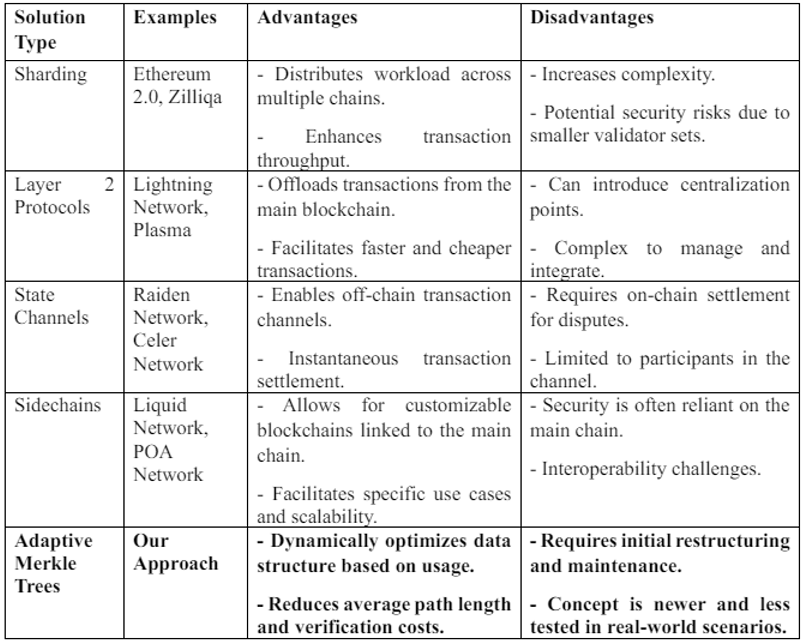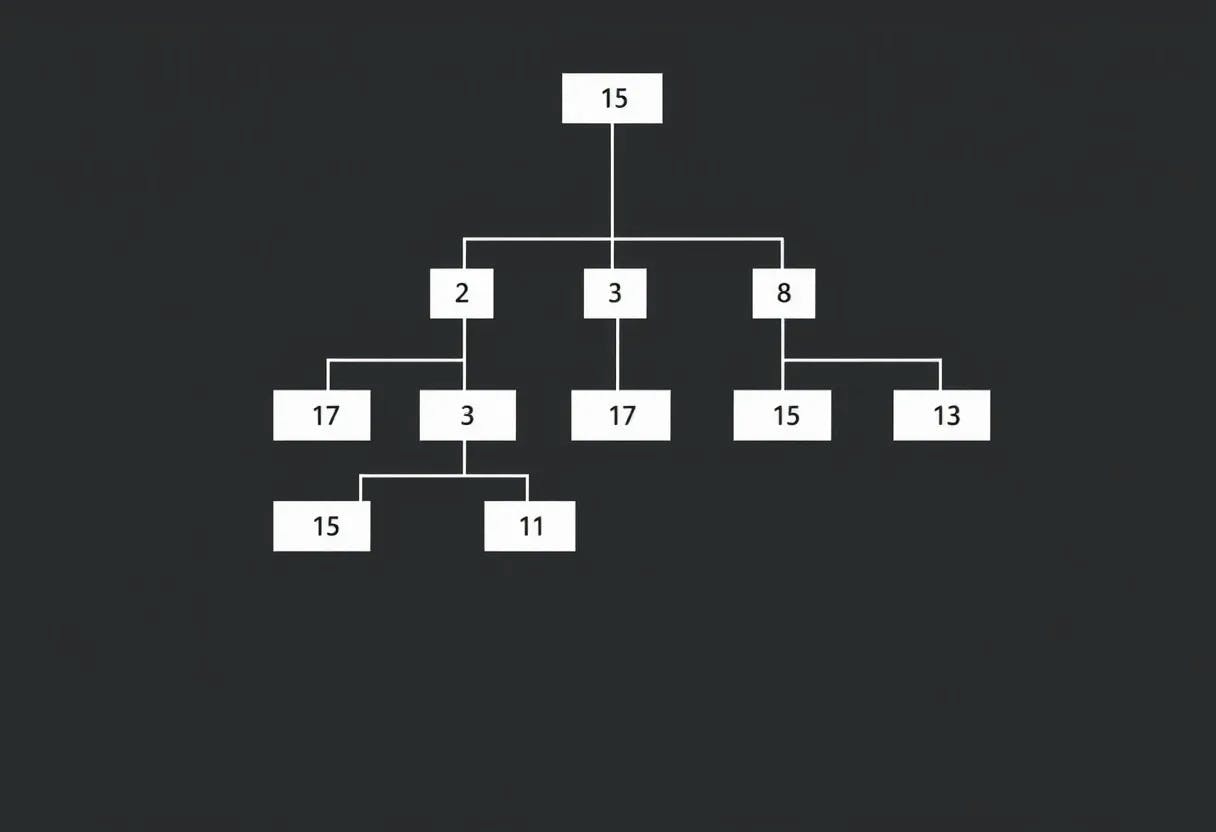Authors:
(1) Oleksandr Kuznetsov, Proxima Labs, 1501 Larkin Street, suite 300, San Francisco, USA and Department of Political Sciences, Communication and International Relations, University of Macerata, Via Crescimbeni, 30/32, 62100 Macerata, Italy ([email protected]);
(2) Dzianis Kanonik, Proxima Labs, 1501 Larkin Street, suite 300, San Francisco, USA;
(3) Alex Rusnak, Proxima Labs, 1501 Larkin Street, suite 300, San Francisco, USA ([email protected]);
(4) Anton Yezhov, Proxima Labs, 1501 Larkin Street, suite 300, San Francisco, USA;
(5) Oleksandr Domin, Proxima Labs, 1501 Larkin Street, suite 300, San Francisco, USA.
Table of Links
1.1. The Blockchain Paradigm and the Challenge of Scalability
1.3. Our contribution and 1.4. Article structure
2. Conceptualizing the Problem
3. Our Idea for Optimizing Trees in Blockchain
4. Efficiency of adaptive Merkle trees
5. Algorithm for Merkle Tree Restructuring
6.2. Example 1.1: Binary Tree Restructuring Through Leaf Node Swapping
6.3. Example 2.1: Restructuring a Non-Binary Tree by Adding a Single Leaf
6.4. Example 2.2: Restructuring a Non-Binary Tree Through Leaf Pair Swapping
6.5. Example 2.3: Restructuring a Patricia-Merkle Tree Fragment Through Leaf Pair Swapping
7. Path Encoding in the Adaptive Merkle Tree
8.2. Technology and Advantages
9.2. Comparison with Existing Solutions
9.2. Comparison with Existing Solutions
In the quest to address blockchain scalability, several innovative solutions have been proposed and implemented across various platforms. Each of these solutions presents unique advantages and challenges. Below (Table 7), we provide a comparative analysis of these solutions, including our adaptive restructuring approach, to highlight their relative strengths and limitations.

The comparative analysis underscores the diversity of approaches to tackling blockchain scalability, each with its unique trade-offs. Sharding and Layer 2 protocols, while promising significant throughput improvements, introduce additional layers of complexity and potential security concerns. State channels and sidechains offer more specialized solutions but are limited by their applicability and integration challenges.
Our approach, adaptive restructuring of Merkle and Verkle trees, stands out by directly optimizing the underlying data structure of the blockchain. This method offers a fundamental improvement in efficiency without introducing external dependencies or significantly altering the blockchain's operational principles. While it necessitates initial efforts for restructuring and ongoing maintenance, the benefits of reduced path lengths and lower verification costs present a compelling case for its adoption. Moreover, being a relatively new concept, it opens up extensive opportunities for further research and development to fully realize its potential and address any emerging challenges.
Thus, our work contributes a novel perspective to the field of blockchain research, opening new avenues for the development of more scalable and efficient blockchain systems. By addressing scalability at the data structure level, we provide a foundational solution that can be integrated with other scalability and efficiency-enhancing techniques, offering a comprehensive approach to overcoming one of the most significant barriers to blockchain adoption.
This paper is available on arxiv under CC by 4.0 Deed (Attribution 4.0 International) license.

